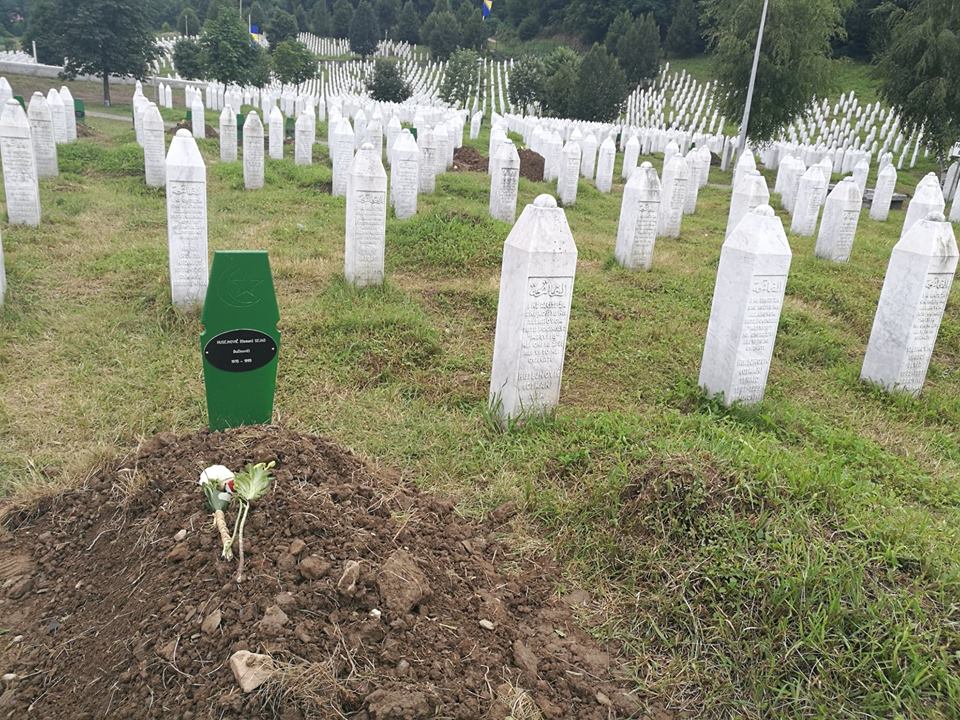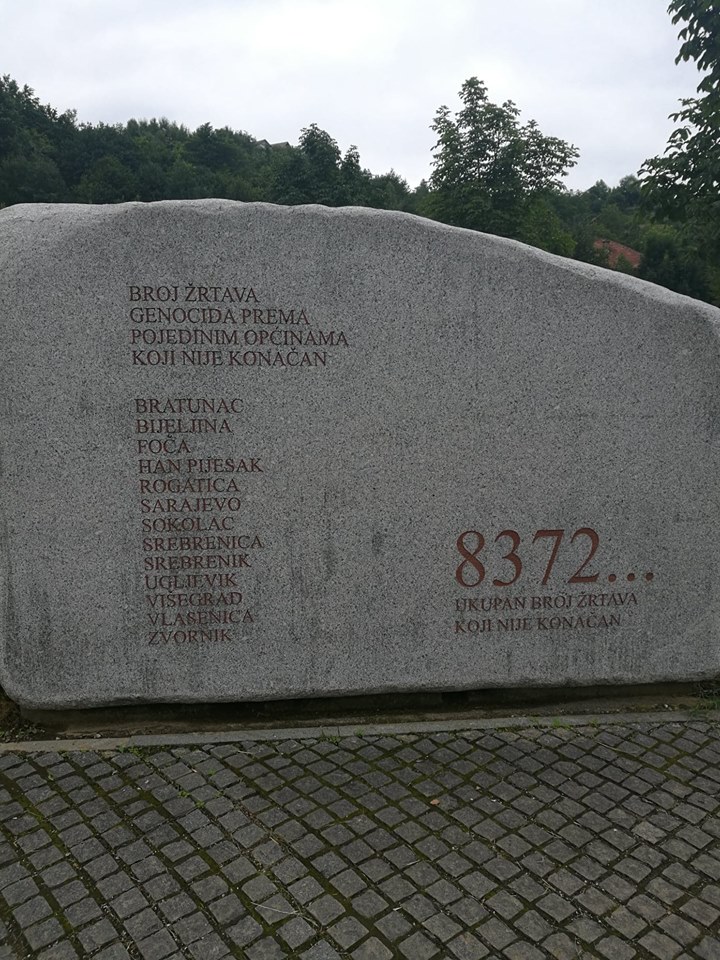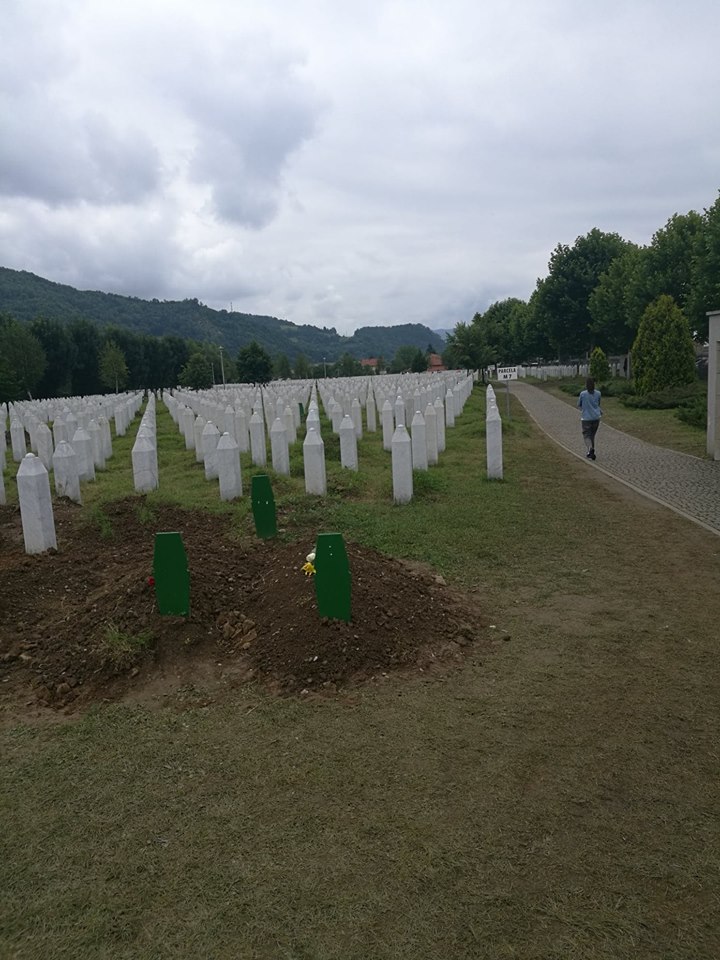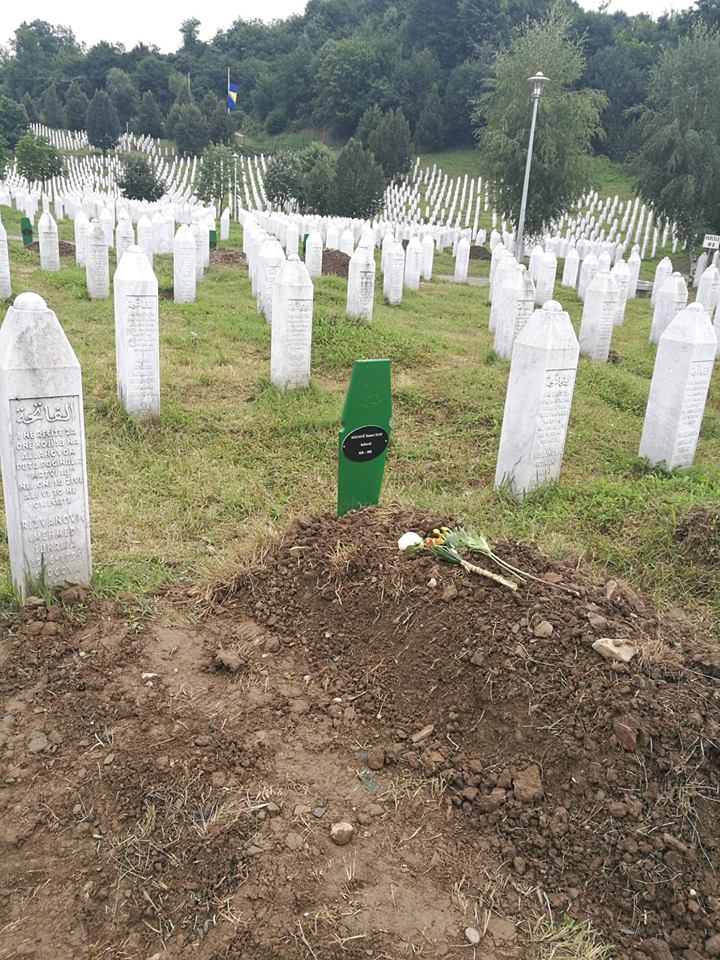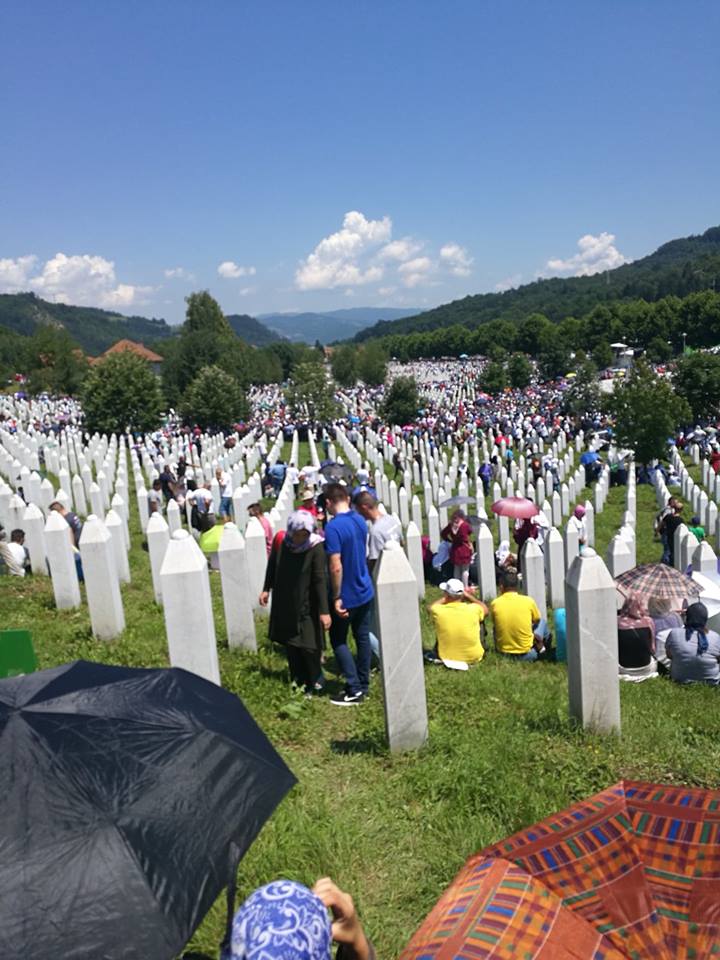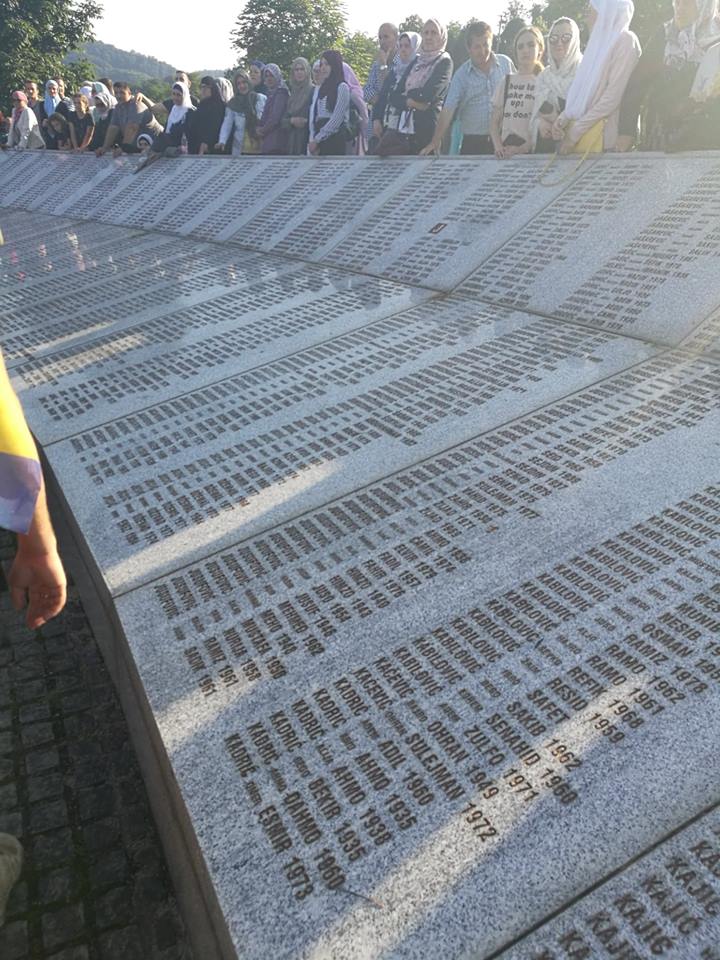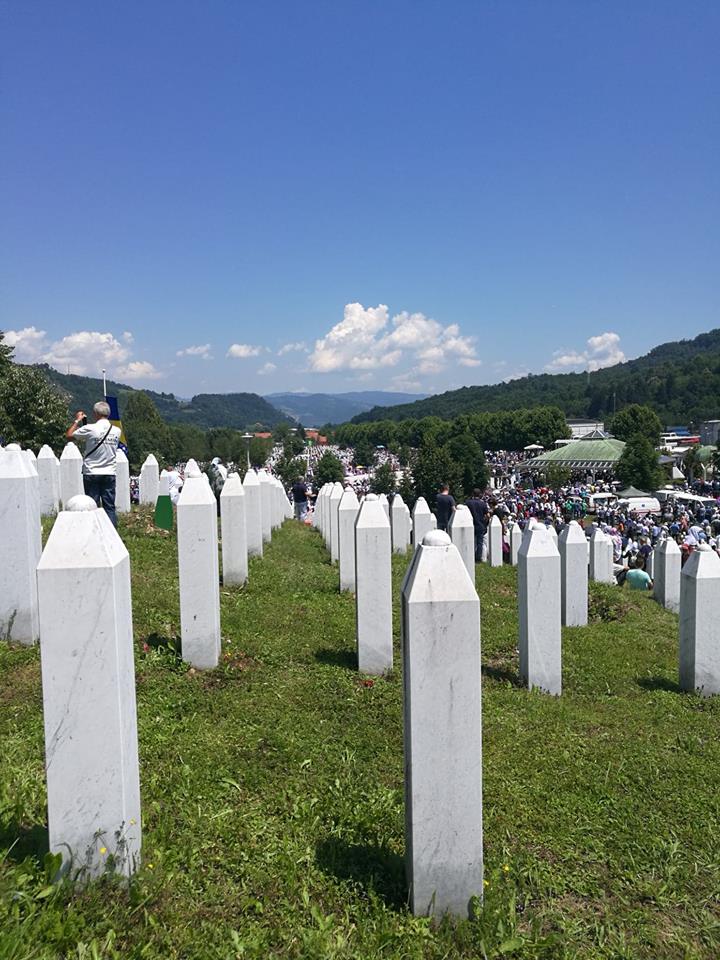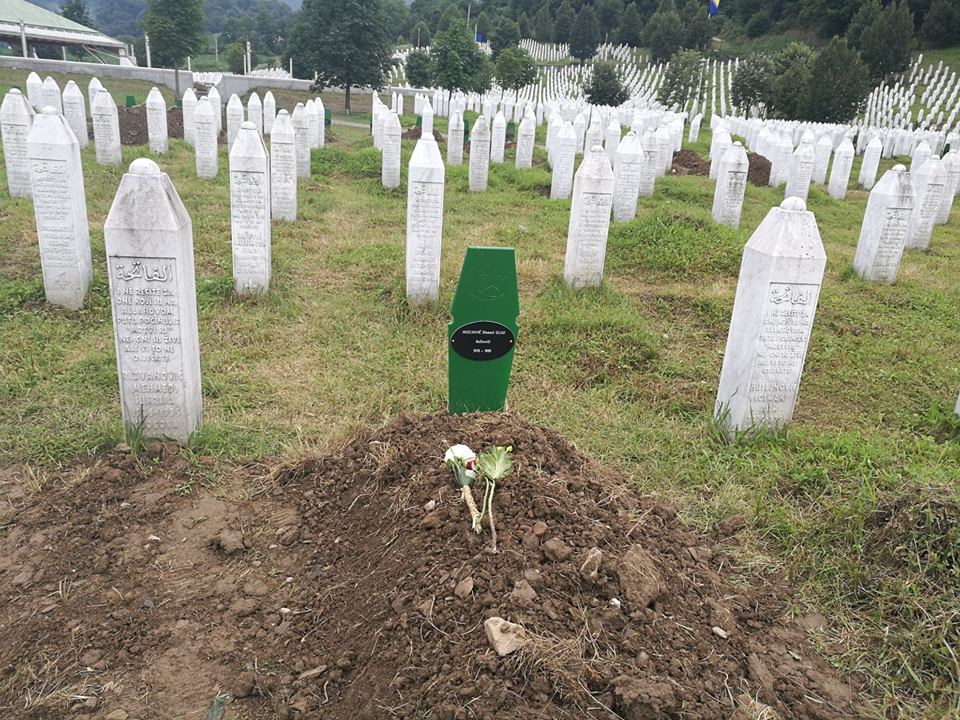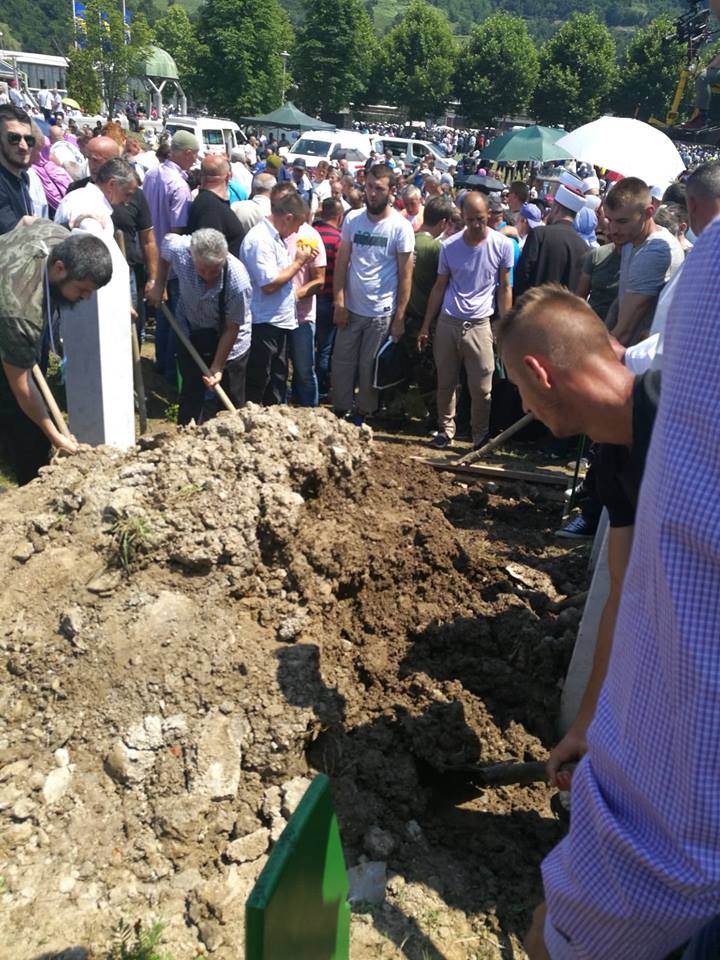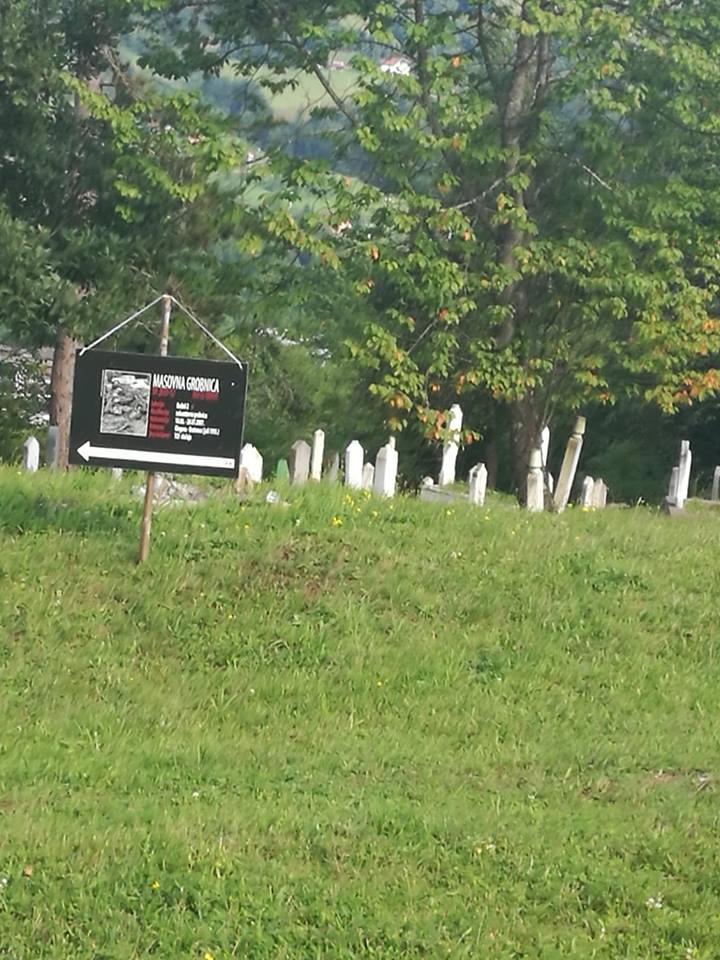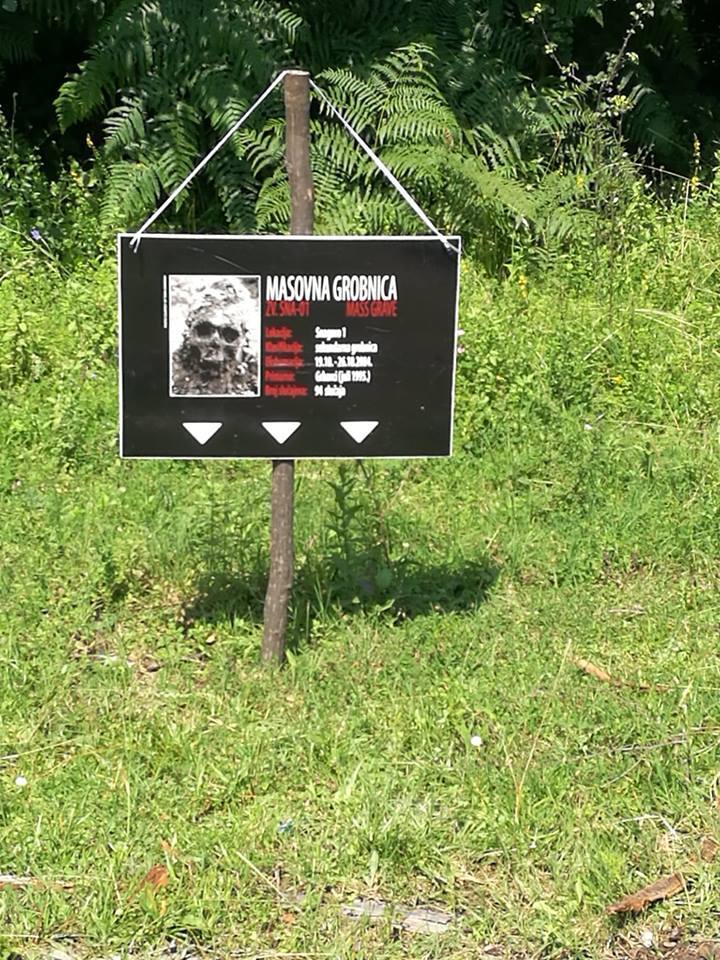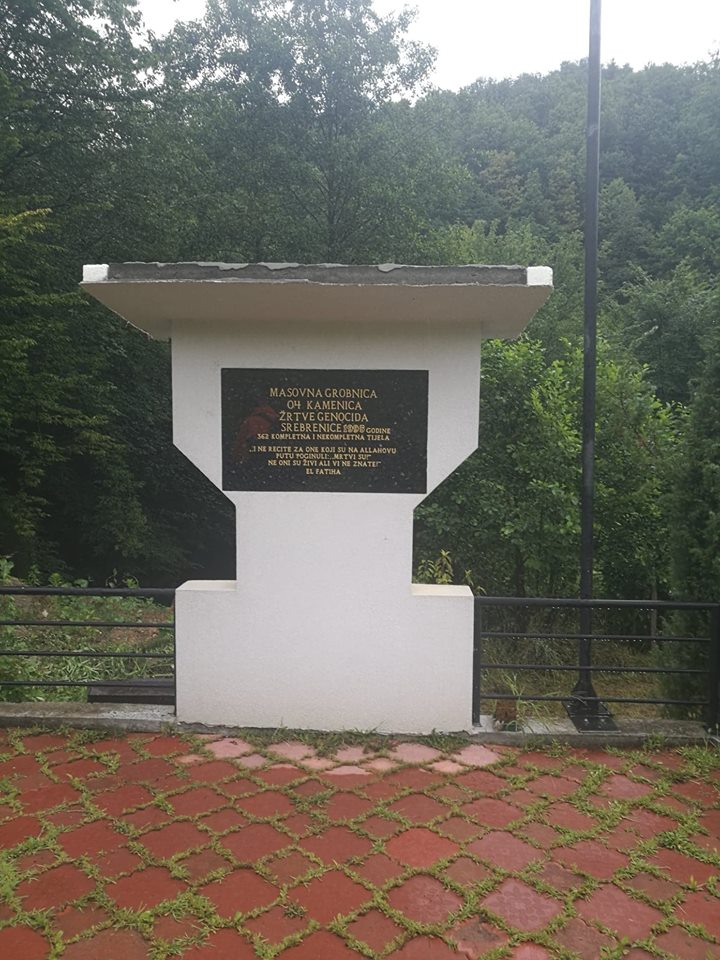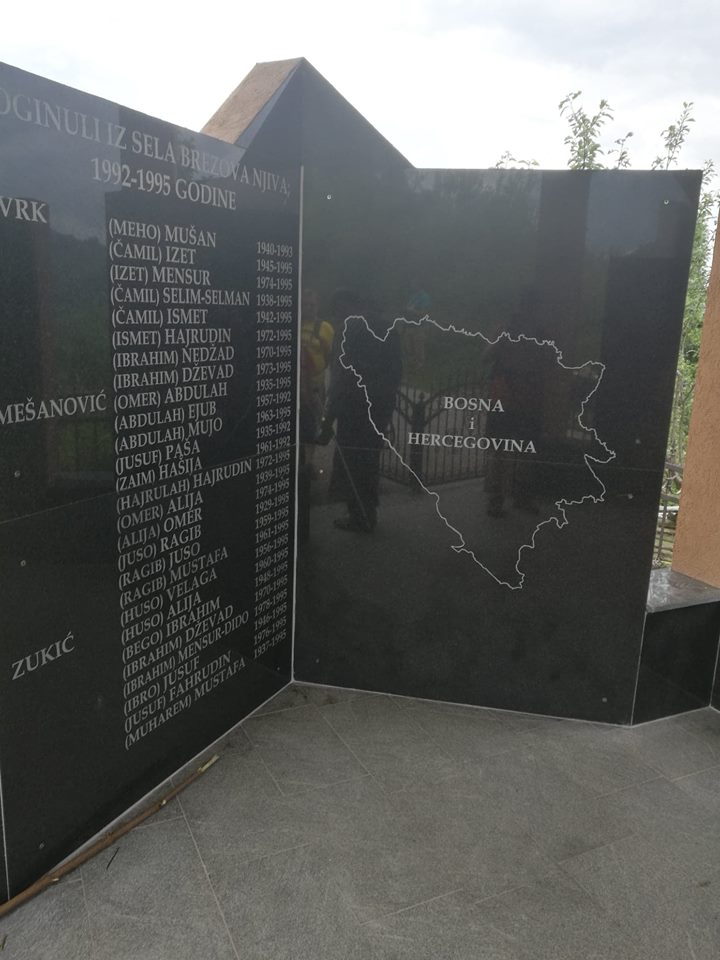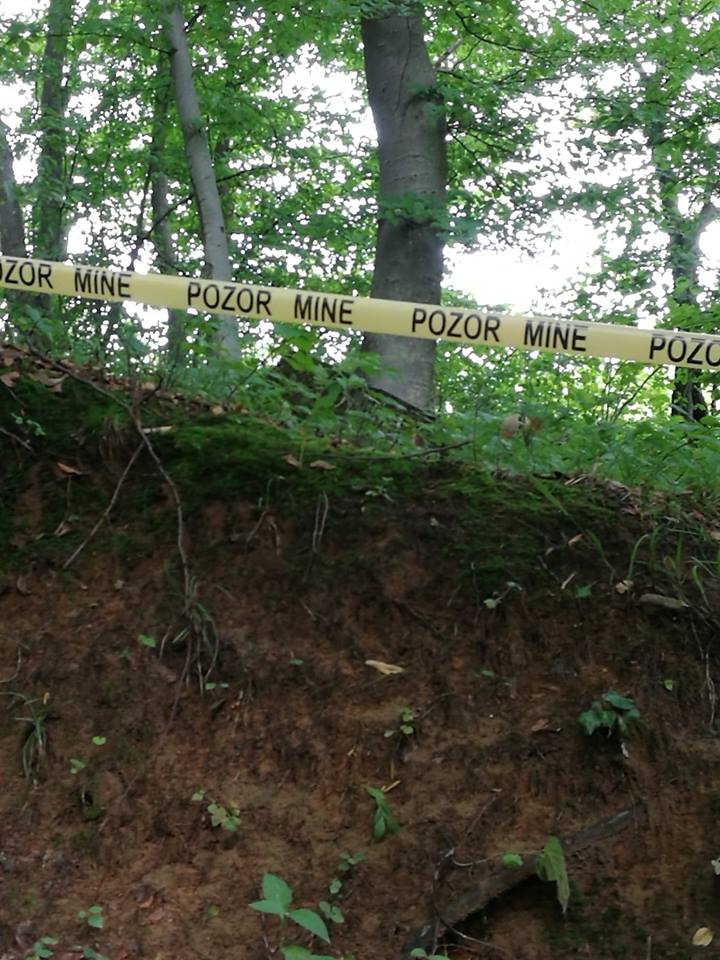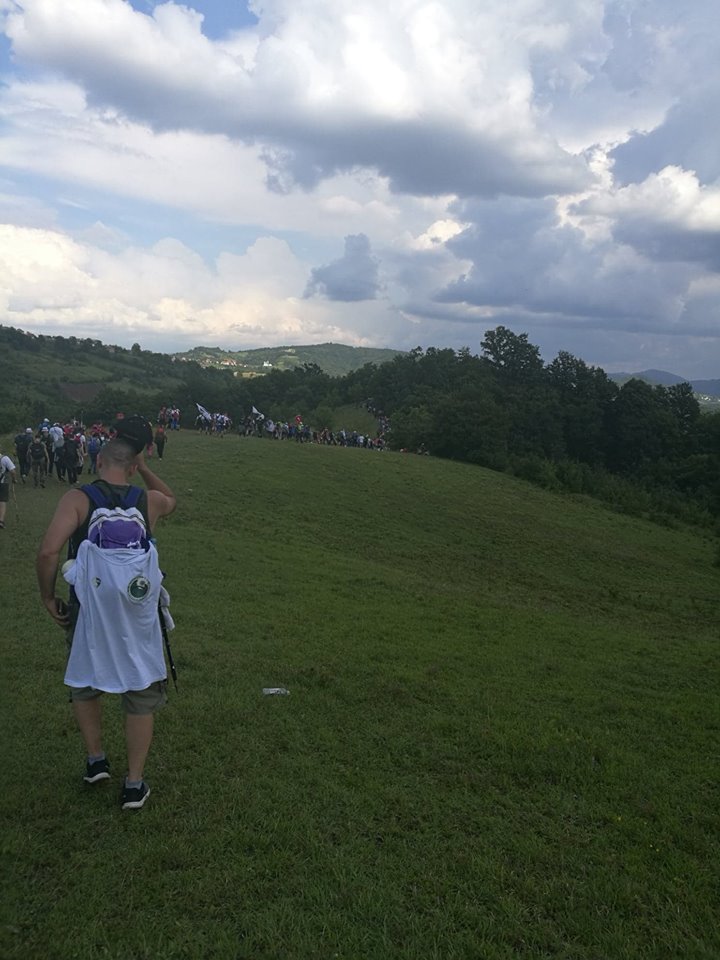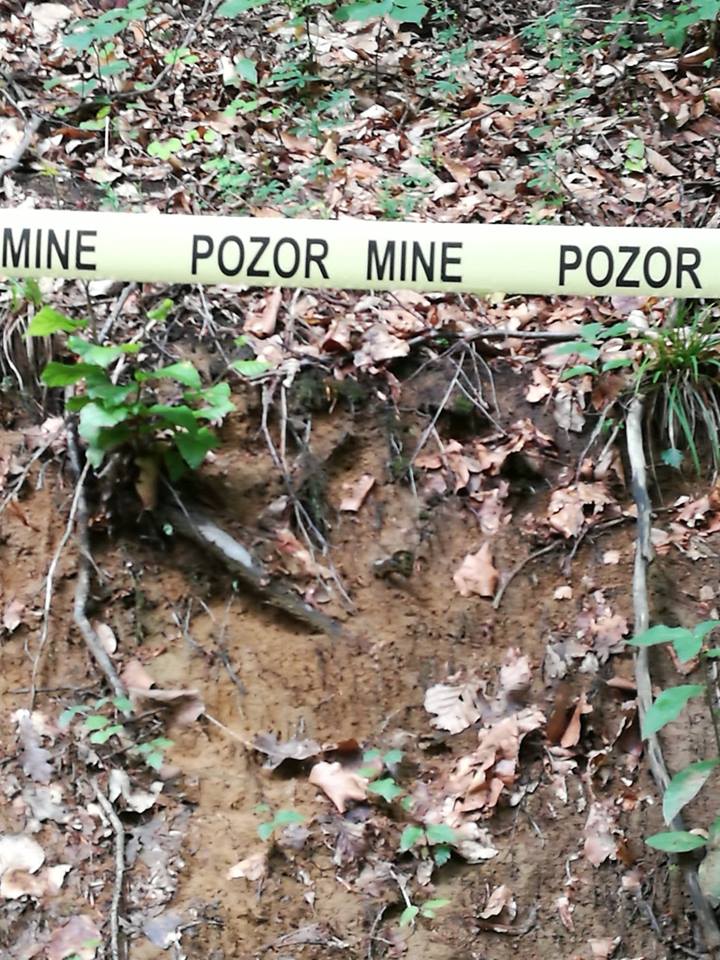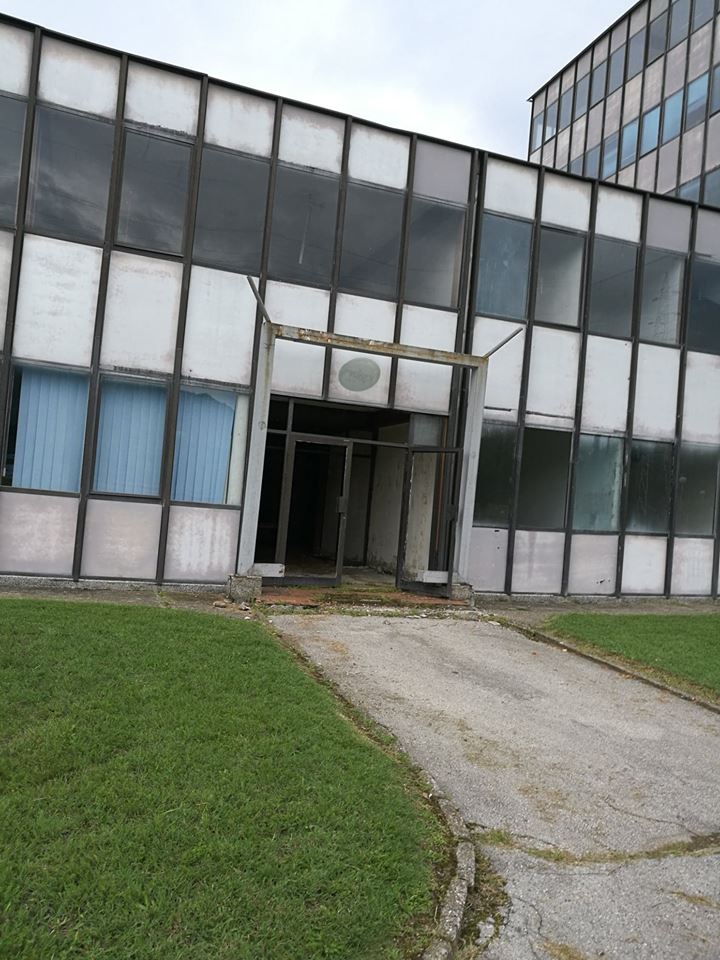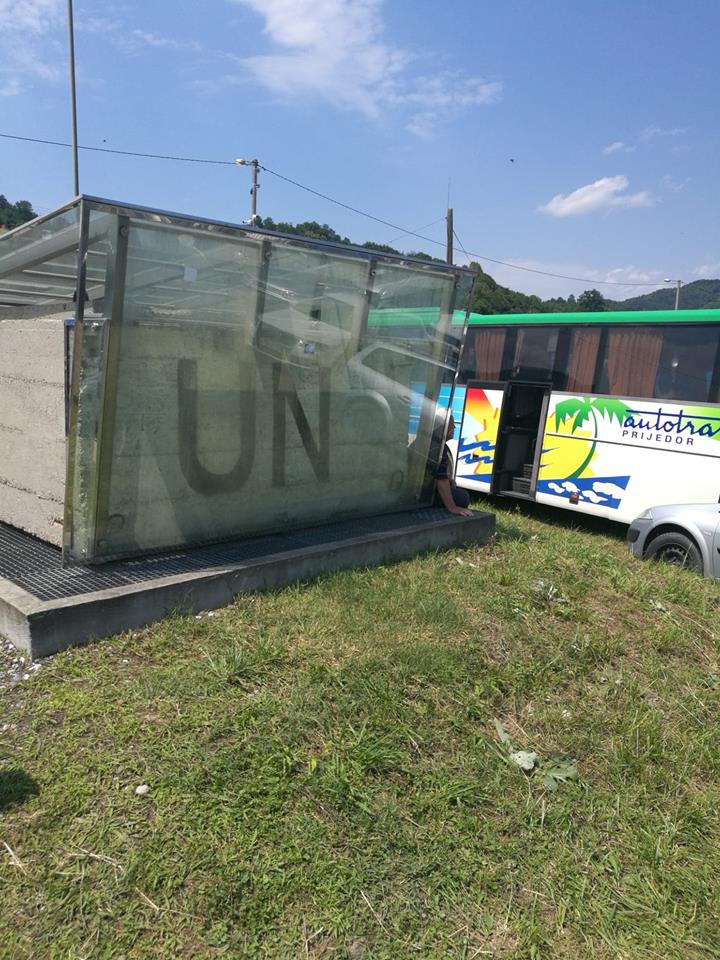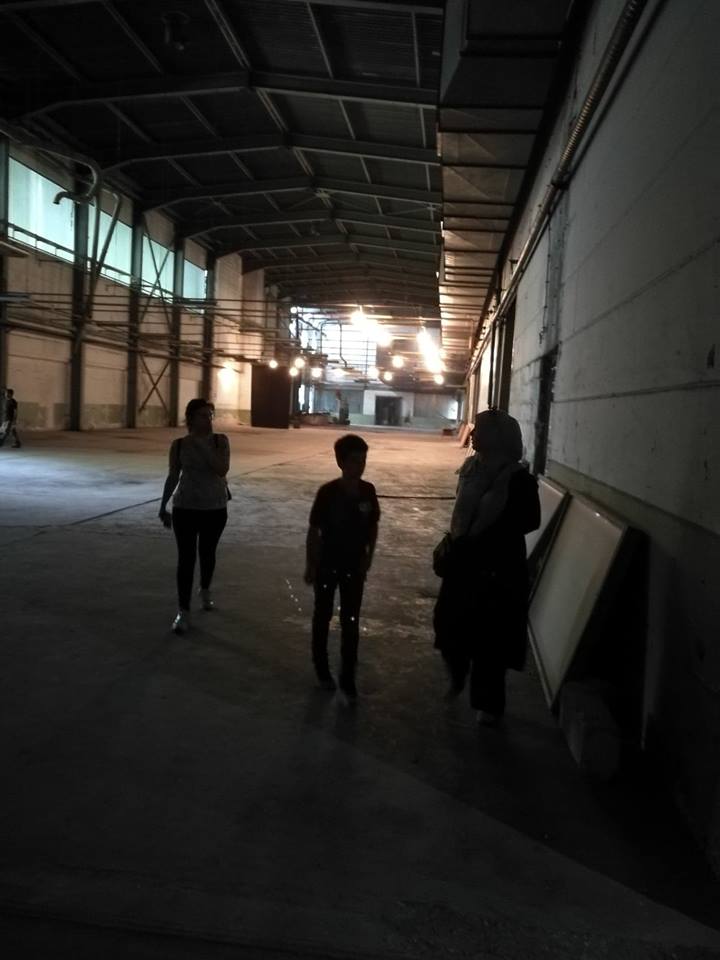A few of you have asked for book recommendations, or lists of sources I’ve been using for research for the podcast. So I’ve put this list together, which I’ll add to over time. It’s not exhaustive, and certainly does not account for every source I’ve used (frankly, I’m not sure I remember every single one), but they are the main books I’ve been working from, and those which contained enough useful information and analysis for me to comfortably recommend for further reading.
The List
Ivo Banac, The National Question in Yugoslavia: Origins, History, Politics
Leslie Benson, Yugoslavia: A Concise History
Mark Biondich, Stjepan Radic, The Croat Peasant Party, and the Politics of Mass Mobilization: 1904-1928
Mark Cornwall (ed.), The Last Years of Austria-Hungary
Richard Evans, The Pursuit of Power: Europe 1815-1914
Alan Fogelquist, Politics and Economic Policy in Yugoslavia, 1918-1929
Misha Glenny, The Balkans: Nationalism, War, and the Great Powers
Marko Attila Hoare, The History of Bosnia: From the Middle Ages to the Present Day
Barbara Jelavich, History of the Balkans – Volume I: Eighteenth and Nineteenth Centuries
Barbara Jelavich, History of the Balkans – Volume II: Twentieth Century
Charles and Barbara Jelavich, The Establishment of the Balkan National States: 1804-1920 (Volume 8 of A History of East Central Europe)
Tim Judah, The Serbs: History, Myth, and the Destruction of Yugoslavia
Alexander Korb, ‘Understanding Ustasha Violence’, Journal of Genocide Research
John R. Lampe, Yugoslavia as History: Twice There Was a Country
Noel Malcolm, Kosovo: A Short History
Mark Mazower, The Balkans: From the End of Byzantium to the Present Day
Andrej Mitrović, Serbia’s Great War: 1914-1918
Christian Axboe Nielsen, Making Yugoslavs: Identity in King Aleksandar’s Yugoslavia
Robin Okey, The Habsburg Monarchy: c1765-1918
Stevan K. Pavlowitch, Hitler’s New Disorder: The Second World War In Yugoslavia
Jože Pirjevec, Tito and his Comrades
Fred Singleton, A Short History of the Yugoslav Peoples
Marcus Tanner, Croatia: A Nation Forged in War
Philipp Ther, The Dark Side of Nation-States: Ethnic Cleansing in Modern Europe
Gerard Toal and Carl Dahlman, Bosnia Remade: Ethnic Cleansing and its Reversal
Jozo Tomasevich, War and Revolution in Yugoslavia, 1941–1945: The Chetniks
Jozo Tomasevich, War and Revolution in Yugoslavia, 1941–1945: Occupation and Collaboration
